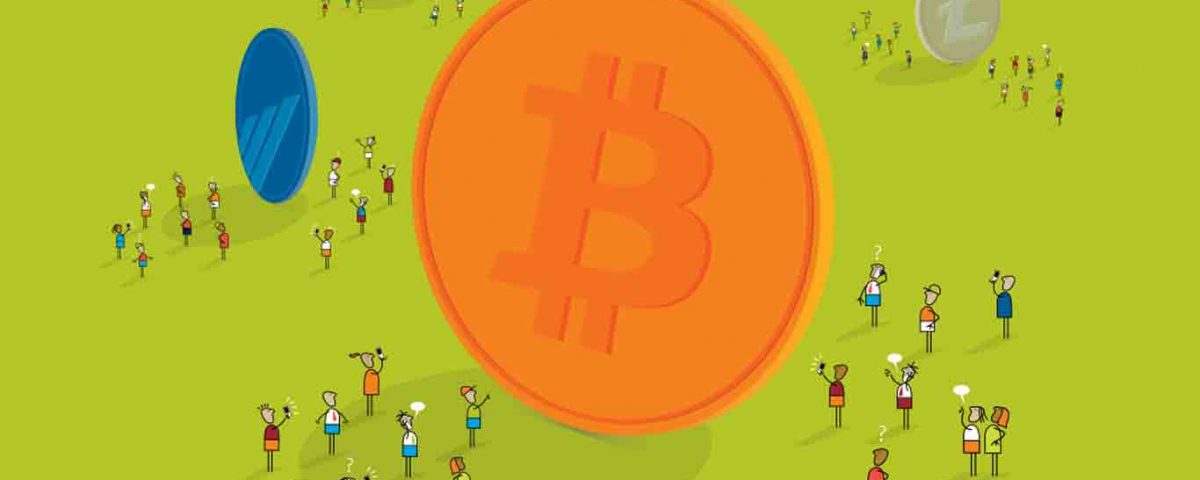Digital currencies: fad or future?
The most well-known ‘virtual’ currency is Bitcoin. Like all digital currencies it’s based on cryptographic proof instead of trust, allowing any two willing parties to deal directly with each other without needing a trusted third party.
As of June 2016, there were 15.6 million Bitcoins in trade, worth approximately $US534 each to create a total market value of more than $US8.33 billion.
Digital currencies aren’t mainstream yet. If they are, a report suggests the global economy could save $US210 billion due to increased efficiency and reduced transaction costs.
Digital currencies could have a dramatic impact if they continue to gain in scope, size and scale – but first, there must be trust in the system.
Pros and cons of digital currencies
The benefits include lower transaction fees, instantaneous transfer, international competitiveness, and transparency.
However the benefits should be balanced with the potential drawbacks, which can include regulatory uncertainty and price volatility. Speculation in digital currencies is rife, sometimes causing massive fluctuations in value.
Currently, many countries do not have an official position on Bitcoin, making international trade and the laws around its use unclear.
But one of the main barriers to digital currency adoption is from consumers themselves because of a lack of understanding. A greater sense of confidence in how digital currencies operate and how they can be used effectively will reduce the impact of other elements such as regulatory uncertainty.
How Bitcoin works
Bitcoin consists of three key participants:
- Buyers
- Miners
- Recipients
They interact in the Bitcoin life cycle:
- The buyer pays for product on a website using Bitcoins
- The transaction is electronically placed in a ‘block’ for processing
- A miner processes the transactions in the ‘block’ using hardware
- The transaction is approved, or ‘confirmed’ and funds are distributed to recipients
- The miner is rewarded with Bitcoins for processing the ‘block’













